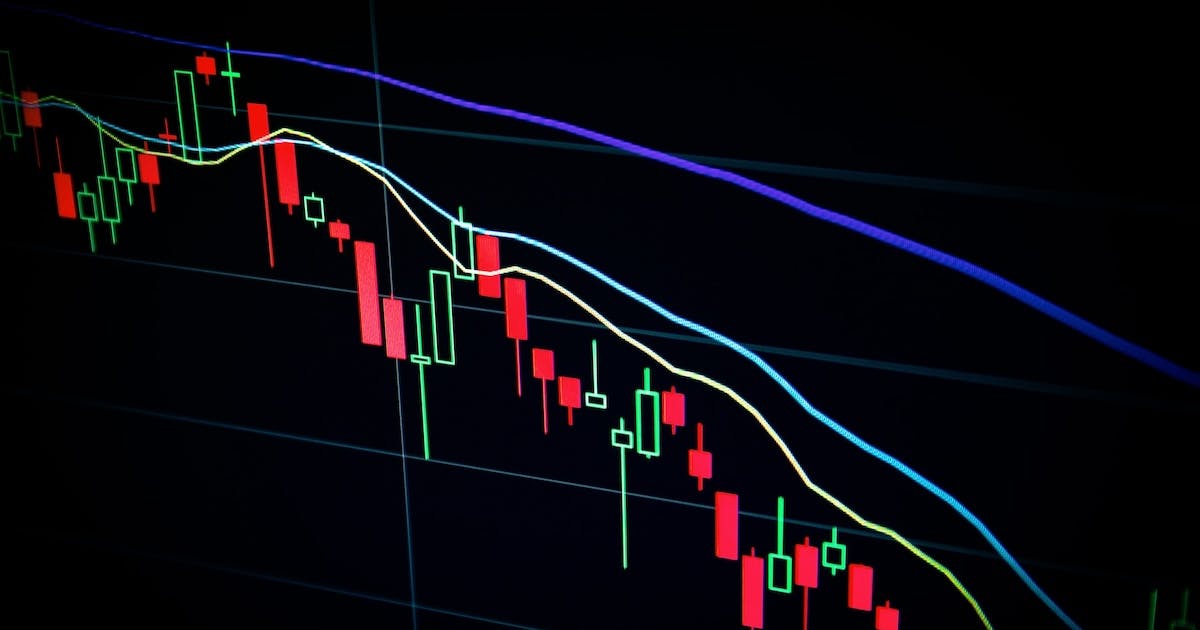When forecasting sales demand, numerous internal and external factors can influence the outcomes. Here's a list of potential factors and tools, along with their relevance to different business models.
Organized sales campaigns
- Factor in upcoming campaigns: If you're planning a marketing blitz or a significant sales discount, expect a spike. Consider using tools like Google Trends to identify any increased online interest in your campaign keywords.
- Look back: Analyze the results from past campaigns. Did you witness a 10% boost in sales the last time you ran a particular promotion? Tools like Google Analytics can provide data on past campaign traffic and sales conversion rates.
- Industry norms: For retailers, big sale events (like Black Friday or end-of-season sales) can hugely affect demand. Prepare well in advance. Services like Statista can provide insights on industry-specific sales patterns, especially around major events.
Website traffic and online metrics
- Growth in traffic: An uptick in website visitors often suggests increased interest, which can translate to higher sales, especially for e-commerce businesses. Tools like SEMrush or Ahrefs can give you insights into traffic sources and potential growth.
- Engagement levels: High interaction rates like longer page visits or increased product page views can hint at impending purchases. Here Google Analytics can again provide some valuable insights.
- Cart abandonment rates: A sudden rise might suggest problems like high prices or website issues, potentially impacting sales. Platforms like Shopify offer built-in analytics for cart behaviors.
- Subscription or sign-ups: For SaaS businesses, an increase in free trial sign-ups or newsletter subscriptions can be precursors to sales upticks.
Seasonal trends and holidays
- Calendar events: Retail businesses can anticipate demand spikes during Christmas, Valentine's, or Back-to-School seasons.
- Industry-specific peaks: For travel businesses, summer and major holiday weekends might be peak booking times. For B2B, it might be the end of the fiscal year when companies have budget to spend.
- Local events and holidays: A local festival, trade show, or event can drive demand. For instance, hotels might see more bookings if a major conference is happening nearby.
Economic Indicators
- Consumer confidence: A confident consumer is more likely to spend. If confidence indices are high, discretionary businesses like luxury goods might see a boost.
- Interest rates: For businesses selling high-ticket items like cars or homes, interest rates can play a role. Lower rates often stimulate buying and vice versa.
Competitor actions
- Competitor promotions: If a major competitor is running a big sale, it might impact your demand. Use price tracking tools like Price2Spy to monitor competitor pricing.
- Entry/exit of competitors: The sudden exit of a competitor might mean their customers come to you, boosting demand.
Product life cycle stage
- Launch phase: New products might see an initial surge due to curiosity and promotions. Use BuzzSumo to gauge the buzz around a new product.
- Maturity phase: Sales might stabilize, growing slowly or plateauing.
- Decline phase: If a product is at the end of its life cycle, demand might naturally diminish. Google Trends can again be useful here to see interest over time.
External factors
- Political or regulatory changes: For sectors like finance or healthcare, regulatory changes can greatly influence demand.
- Technological disruptions: New tech can make existing products obsolete, or conversely, boost demand. For instance, the rise of smartphones greatly reduced demand for digital cameras.
Feedback and reviews
- Online reviews: For many businesses, especially in the service sector like restaurants or hotels, online reviews can significantly sway demand.
- Product ratings: E-commerce businesses should monitor product ratings. Poor reviews can lead to dips in sales for a particular item. Tools like ReviewTracker can help aggregate reviews from different e-commerce platforms.
Practical Advice: Use data integration tools like Zapier to combine information from different sources into a coherent dashboard. This way, you get a holistic view, enabling a more nuanced and informed demand forecast. Over time, you'll identify the most significant predictors tailored to your business model.
Key takeaways
Diversify your data sources. Don't just rely on one indicator. The more varied your data, the more holistic your demand forecast. And while it might seem overwhelming initially, over time, as patterns emerge, you'll intuitively know which factors weigh more for your specific business model.
